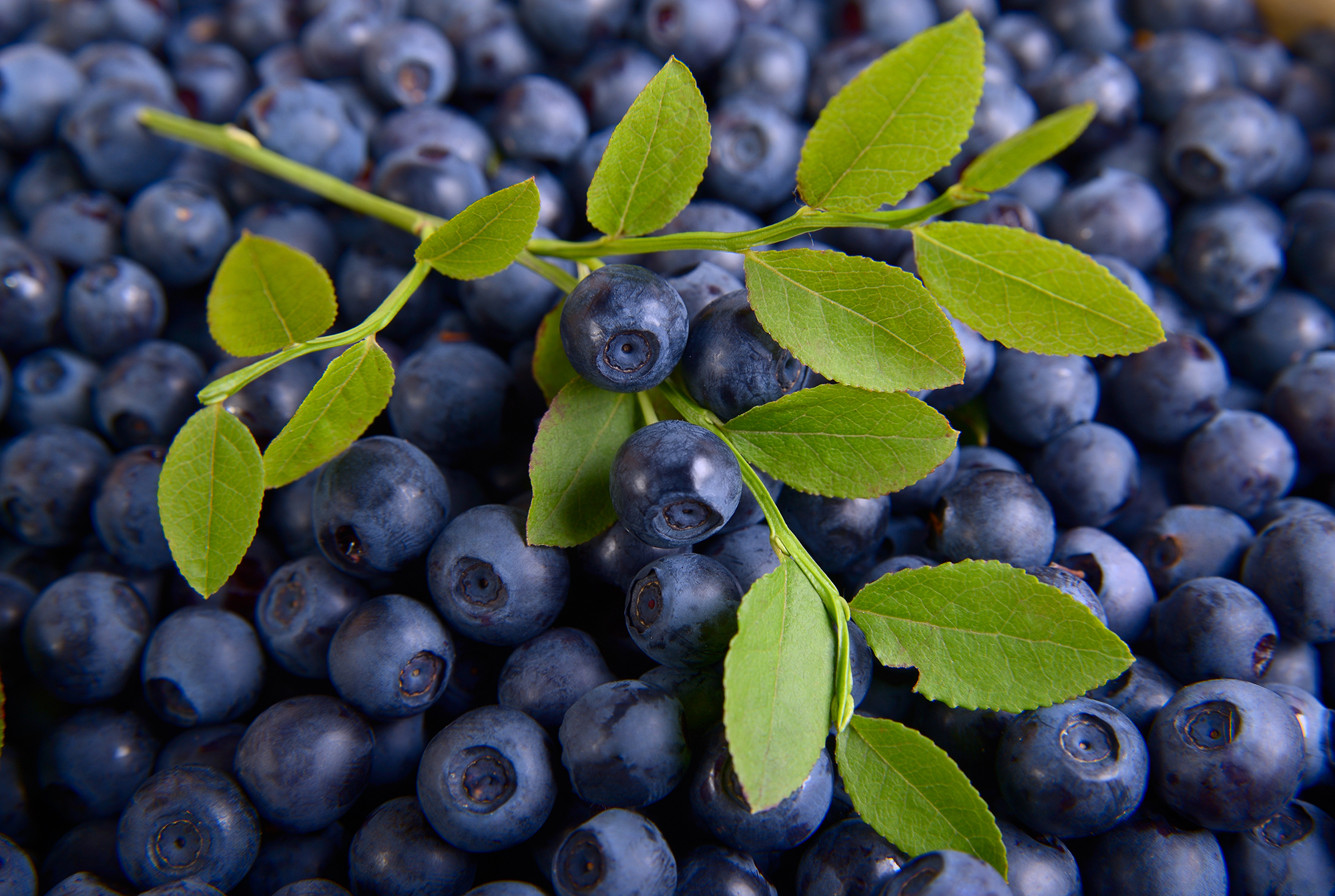Resilience, machine harvesting key for new blueberry varieties, says breeder
The blueberry business has been growing consistently in the last couple of years, with newer varieties appearing regularly and an increase in demand for consistently tastier, firmer and crunchier berries, according to Oregon Blueberry Farm & Nursery.
The company has been in business for over 40 years growing fruit and nursery products. Its most recent addition is a genetics program, which has been in development for a little over a decade.
Jon Horton, who heads up Corporate Development and sales manager Doug McCann spoke with Fresh Fruit Portal about the new varieties that they have been developing and the future they see for the blueberry industry.
They highlighted the market at present has a strong demand for high-quality fresh product that looks good at the consumer level. “It’s all about berries that are firm, that are crunchy, that are flavorful, that are just all around good to eat. We expect declining market acceptance or a stratification of the market for fruit with a less favorable profile,” said Horton.
They said the market has suffered somewhat due to product inconsistency, and so one of the key aspects that the blueberry industry should work on is developing a high-quality and reliable product. McCann said one of the other main concerns that they see in the market is labor, and highlighted the need to develop solutions to this.
“That means not just developing machinery, but for us as breeders that means developing varieties that can be pick by machines without excessive bruising, or damage to the fruit,” said McCann. That means thicker skin, a firmer berry, and higher solid content, among other qualities, he explained.
Resilience and shipping endurance
The company is also breeding varieties that are more resilient against diverse climates. The representatives stressed that a full breeding program needs to take into account changes in the environment and soil conditions specific to different regions around the world.
Some varieties that have been commonly relied on in the past might be more susceptible to heat damage than others, for example, and that would be an important consideration for them as they go forward.
“We are also considering shipping endurance,” said McCann.
“For example, in South America, much of the fruit is sent around the world so it is important to develop fruit that can withstand, with minimal damage, the travel time from harvest to grocery shelf.”
The aim is to give the farmer a competitive advantage.
“The program that we have is very focused on developing products that make the grower and marketer more successful. We are breeding a broad selection of material for different climates,” explained McCann.
They said that they’re primarily using recurrent selection to more precisely target the best attributes of each selection for specific results.
News Varieties
Titanium and MegasBlue were part of the early breeding program when it originally started in 2005, said Horton.
Both work well in warm, dry climates with very cold winters where northern highbush are grown, which means that they have potential to work with a lot of countries, especially northern Europe.
Rupert Hargreaves of Global Plant Genetics, who is currently working on the commercialization of these varieties, said: “They have good flavor profiles, are productive and the fruit travels well which are three of the most important assets of any new variety”.
03/08/2018







